Regulatory Pressures for Cleaner Fuels
The Marine Gas Oil Market is significantly influenced by stringent regulatory frameworks aimed at reducing emissions from marine vessels. Various international agreements, such as the International Maritime Organization's (IMO) regulations, mandate the use of low-sulfur fuels, which has led to a shift towards marine gas oil. As of 2025, compliance with these regulations is expected to drive the market, with marine gas oil being a preferred choice due to its lower sulfur content compared to traditional fuels. This regulatory pressure not only encourages the adoption of cleaner fuels but also stimulates innovation within the Marine Gas Oil Market, as companies invest in cleaner technologies and fuel alternatives.
Growth of Offshore Oil and Gas Exploration
The Marine Gas Oil Market is closely linked to the expansion of offshore oil and gas exploration activities. As energy companies invest in offshore projects, the demand for marine gas oil as a fuel source for support vessels and drilling rigs increases. In 2025, the offshore sector is projected to account for a significant portion of marine gas oil consumption, with estimates suggesting a rise of 20% in demand from this segment alone. This growth is driven by the need for reliable fuel sources to support exploration and production activities, thereby bolstering the Marine Gas Oil Market as a critical component of the energy supply chain.
Increasing Demand for Marine Transportation
The Marine Gas Oil Market is experiencing a notable surge in demand due to the increasing global trade and transportation activities. As economies expand, the need for efficient marine transportation rises, leading to a higher consumption of marine gas oil. In 2025, the demand for marine gas oil is projected to reach approximately 50 million metric tons, driven by the growth in shipping activities. This trend is further supported by the expansion of shipping routes and the rise of e-commerce, which necessitates reliable and efficient shipping solutions. Consequently, the Marine Gas Oil Market is poised for growth as shipping companies seek to optimize their fuel usage while adhering to environmental regulations.
Rising Investment in Shipping Infrastructure
The Marine Gas Oil Market is poised for growth due to increased investments in shipping infrastructure. Governments and private entities are allocating substantial resources to enhance port facilities, shipping lanes, and logistics networks. This investment is expected to facilitate smoother operations and increase the efficiency of marine transportation, leading to higher fuel consumption. By 2025, the shipping infrastructure investment is anticipated to contribute to a 10% increase in marine gas oil demand, as improved facilities enable more vessels to operate simultaneously. Consequently, the Marine Gas Oil Market stands to benefit from this trend, as enhanced infrastructure supports the overall growth of maritime trade.
Technological Innovations in Fuel Production
The Marine Gas Oil Market is benefiting from advancements in fuel production technologies, which enhance the efficiency and quality of marine gas oil. Innovations such as hydrocracking and advanced refining processes are enabling producers to create cleaner and more efficient fuel options. These technologies are expected to increase the yield of marine gas oil, making it more accessible and cost-effective for shipping companies. As a result, the Marine Gas Oil Market is likely to see a rise in production capacity, with estimates suggesting an increase of 15% in output by 2026. This technological progress not only meets the growing demand but also aligns with environmental goals.


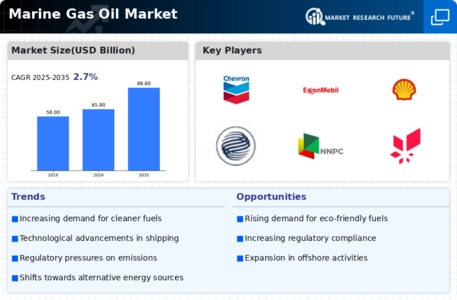
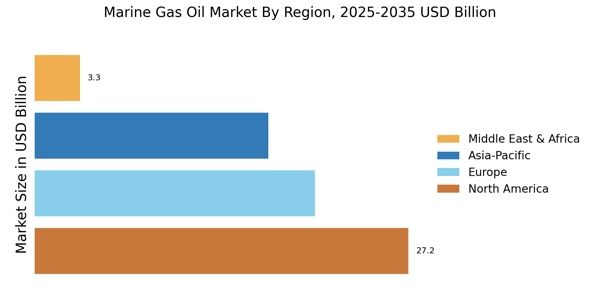
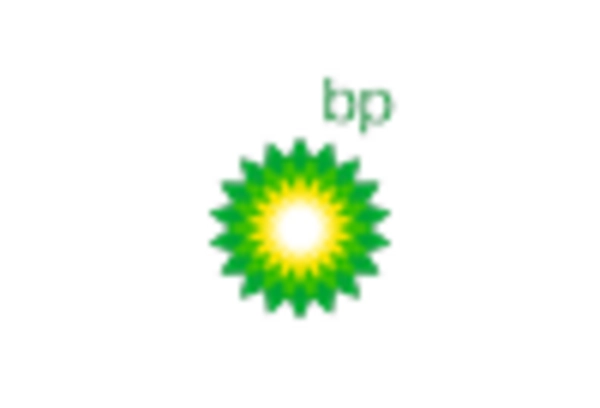
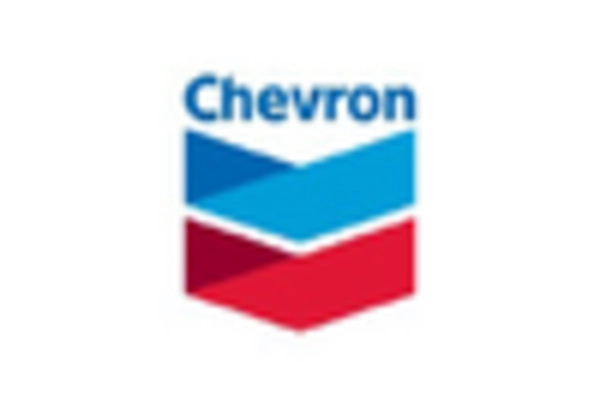


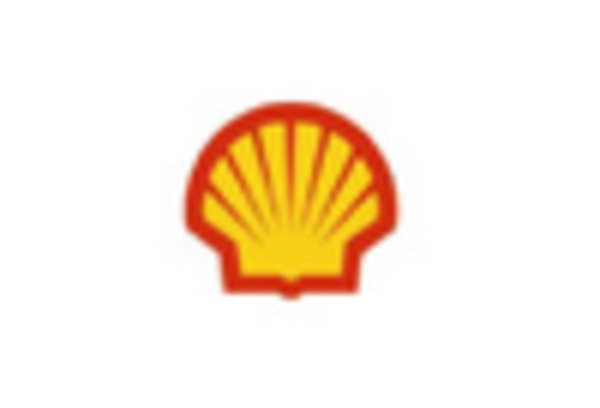









Leave a Comment